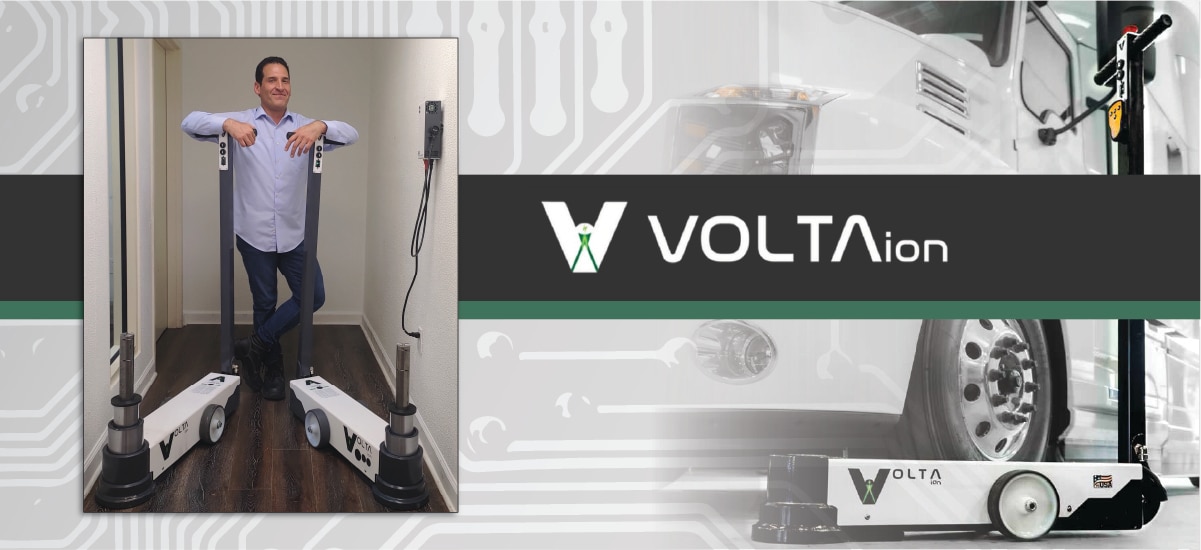
Small business owners often deal with uncertainty. Broad economic factors may result in periods of rapid business growth followed by fluctuations in consumer demand. One facet of supply chain management that is controllable, however, comes from having access to warehouse space.
Warehousing not only provides storage for raw materials and finished goods but may also help small business owners streamline their distribution process. Is your business ready to invest in warehouse space? Let’s highlight what you need to know.
What is Warehouse Space?
Warehouse space is intended to store, manage, and regulate inventory, but it can also serve as an operational work area. The goal is often to handle many types of goods in one location to reduce costs, possibly with the help and expertise of third-party logistics (3PL) partners. Warehousing helps strategically link manufacturing and distribution channels, and potentially fosters a more streamlined and efficient supply chain for your business.
Many business structures require some form of warehouse space to ensure a smooth flow of in-demand goods to customers.
Signs Your Business Needs Warehousing
Small business owners may not realize that they are short on warehouse space. Here are some characteristics of companies that might benefit from a warehouse contract or purchase:
You ship goods.
If your business ships products every day, the benefits of extensive storage capabilities could boost your bottom line. Providing what your customers demand more quickly and with fewer operational errors could increase customer satisfaction, potentially resulting in higher sales.
Inventories are building.
Maybe your staff is running out of space; it’s common during the growth phase. Investing in warehouse space when you can (rather than when you need to) might allow for better management decisions, shorter reaction times to changes in the business environment, and help reduce logistical challenges if bottlenecks start to occur.
Costs are rising.
This isn’t the most intuitive characteristic, but as your expenses increase, it could be a sign that your small business is not running efficiently. What’s more, growing at scale might require strategic investments today to improve operating leverage tomorrow.
Tapping the support of third-party logistics (3PL) partners is sometimes seen as a way to effectively outsource and might allow you and your team more time to focus on core competencies. Employing partners could also further optimize resources and free up cash flow needed to meet changing consumer demands and provide context for strategizing about entering new markets.
Preparing For Tomorrow
You may have experienced supply-chain upheavals in the past, and the negative impact they often have on short-term profits.
Looking long term, investing in warehouse facilities can give your business the space it needs to expand over future market cycles. Doing so today could result in less shrink, longer product lifespans, and overall improved safety.
However, before you procure warehouse space, be sure to carefully assess your business needs and consider factors such as:
- Your shipping frequency, and current and projected inventory levels;
- Your business’ long-run growth strategy;
- The costs and benefits of either partnering with a 3PL or managing warehousing in-house – small business consultants can help with this analysis; and
- Regulatory changes that might affect your warehousing strategies.
The Bottom Line
Investing in warehouse space can add complexity to your business operations, but can also help you better manage business sensitivities and add more leverage to your short- and long-term business strategies. At PNC Bank, we support growing entrepreneurs. Discover all the tools at your disposal through our small business resources.







